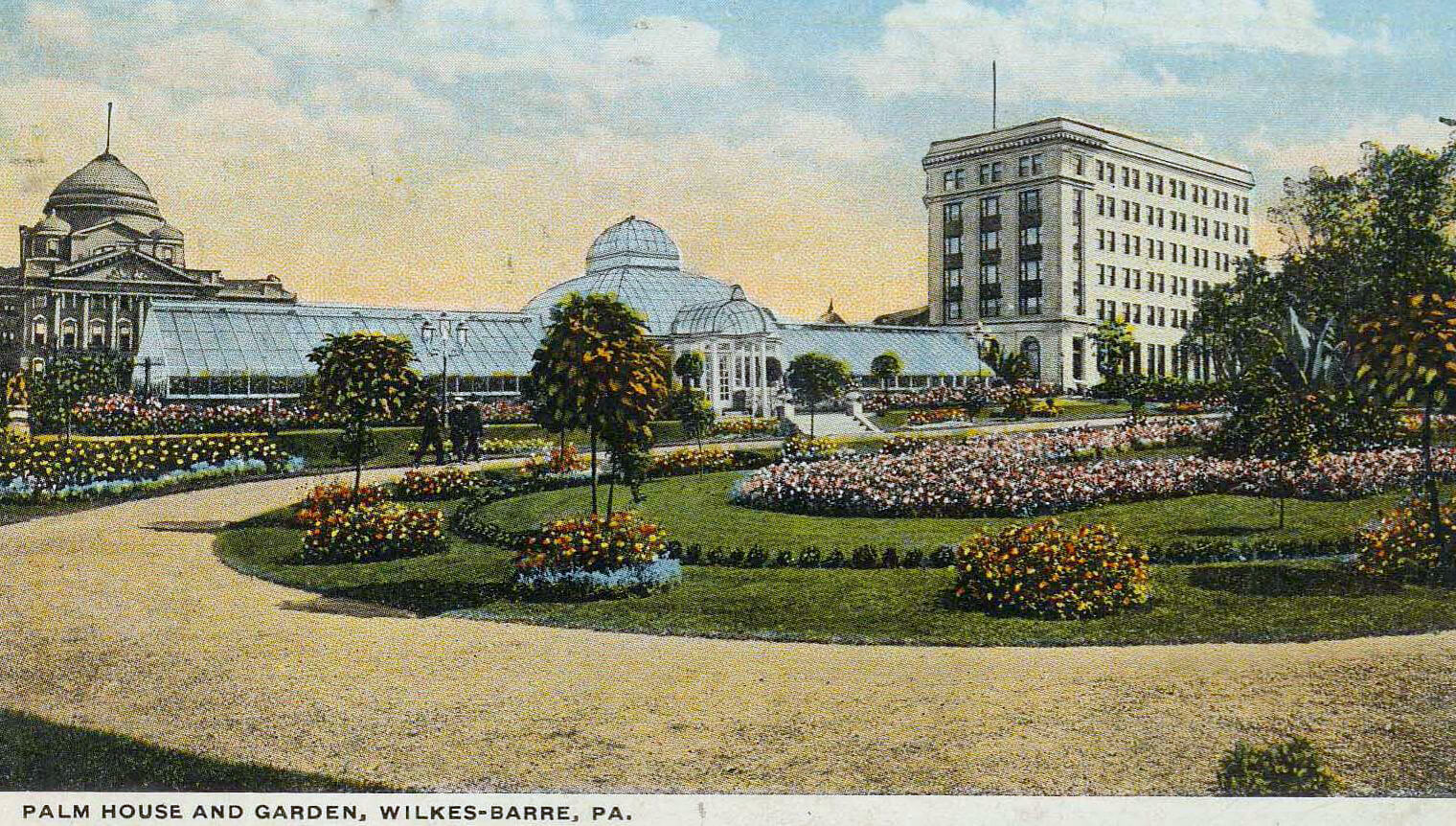
Scratching the Surface Videos
Filmed by Michael Tobias (Ion TV)
Part 1: 1675 - 1800
Part 2: 1800 - 1865
Part 3: 1865-1900
Part 4: 1900-1940
Part 4 & 5
Part 5: 1940-1975
Forty Fort Meeting House
Docent Nancy Lychos takes you through the Meeting House describing when it was built, the beliefs of the various congregations who held services there while showing the woodwork and speaking about the floods and renovations completed over the years. One interesting fact is that the original key is still used to open and close the door.
Colonial Era
Convict Transport of Alice Walker
Check out what happens in the colonies to those convicted. No audio for first 25 seconds or so. Scrub through to see the story of Alice.
Denison House Part Two (part one is not available) filmed by Michael Tobias
Denison House Part Three
filmed by Michael Tobias
Making soap, candles, importance of herbs, powder and shot, bedrooms, clothing made from flax, making a salve from flax
Forty Fort Meeting House filmed by Michael Tobias
Docent Nancy Lychos takes you through the Meeting House describing when it was built, the beliefs of the various congregations who held services there while showing the woodwork and speaking about the floods and renovations completed over the years. One interesting fact is that the original key is still used to open and close the door.
Native Americans
Shawnee Minisink site near the Delaware Water Gap with Richard Poirier
Shawnee Minisink Archaeology site plus information about flintknapping-making spearheads/arrowheads with flint
Filmed by Mike Tobias
1936 Flood
This video is from B. Harvey. Although silent, it does give an excellent idea of what was happening alone River Street in Wilkes-Barre during the flood of 1936.
Anthracite Coal Anthracite Museum with Fran Tartella
Solid explanation of the formation of coal, the fields of anthracite coal spread out over 500 square miles, care of mules, wages of mule boys, the loading of the four ton coal cars and what they were paid for that, breaker boys, sizing of coal.
Anthracite Museum with the director Chester Kulesa
Transition from wood to coal, canal system, Fell grate, parlor stoves, collieries, the use of a washery, how to care for injured miners, and so much more. The last few minutes are dedicated to the textile mills.
Living in a Coal Town
Explanation of different kinds of mines, breaker boys, life below and above ground, and impact on the environment